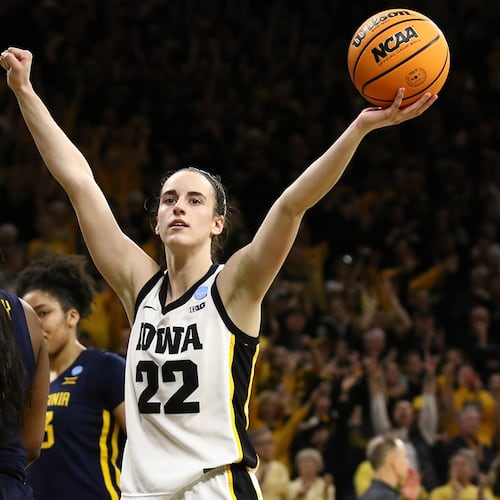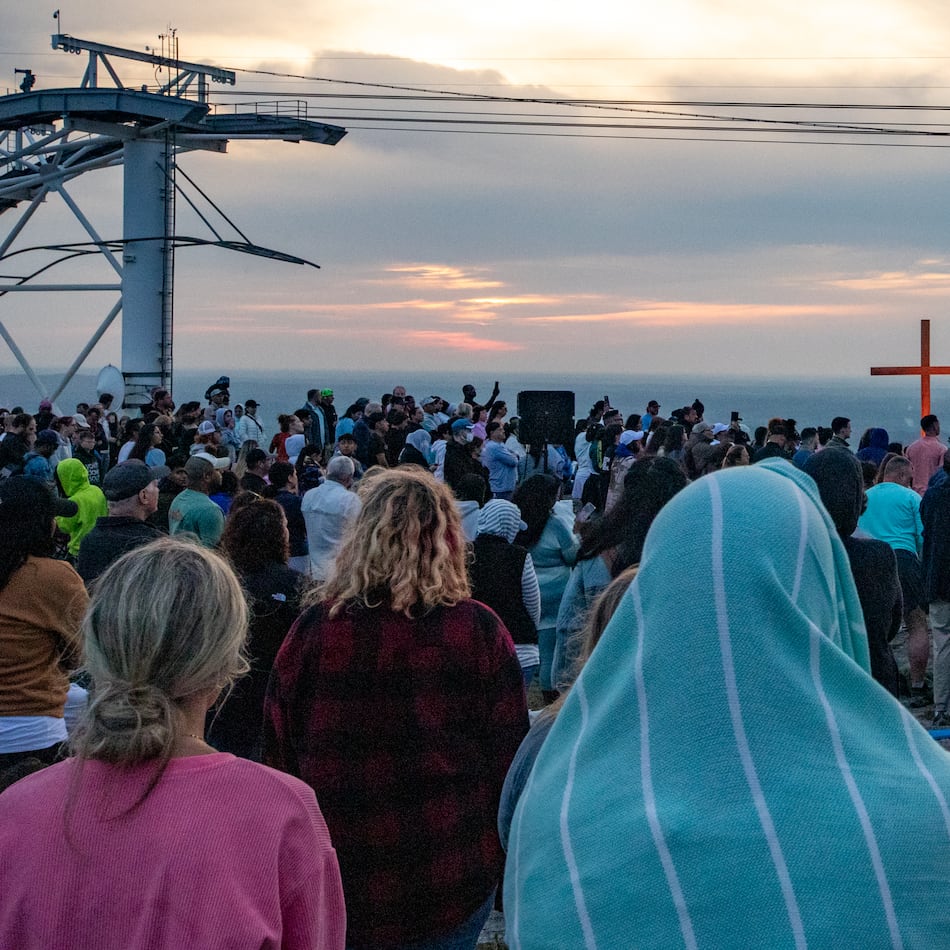Five months after the Hawks concluded a fizzle of a regular season, they were handed a damp squib of a lottery pick. Then again, even the No. 1 pick wouldn’t have been the prize it was last year. The best player in this draft wouldn’t have been third best in 2019; he wouldn’t have been the fifth best in 2018. Sometimes it’s better not to have the No. 1 pick. Ask the Falcons about Aundray Bruce.
But enough gloom and doom. Sliver-of-light time. The Hawks have under contract a player who hasn’t worked a game for them – this puts him one behind Rasheed Wallace, the most consistent Hawk ever – but is better than anyone who’ll be available come draft night, which won’t be until Oct. 16.
His name is Clint Capela. He’s 6-foot-10. He averaged 12.2 points and 9.7 rebounds over six years with the Houston Rockets, who don’t often feed their big men. They mostly hoist 3-pointers – that’s their mission statement – and in the attempt to go even smaller opted to trade Capela, who on many teams would be regarded as indispensable. (He has tried three treys as a professional, missing them all.)
The four-team trade – diagramming that would take the rest of our allotted space – that brought Capela to the Hawks was consummated Feb. 4. The NBA season stopped – and for the Hawks, who didn’t qualify for the bubble, ended – March 11. Capela was out with an injured heel, not that it mattered. The Hawks started so badly that they were done by Christmas.
They fell to 6-27 by losing at Chicago on Dec. 28. Twenty-five of those games had seen them attempt to function without John Collins, their second-best player. He was been suspended by the NBA for testing positive for a growth hormone. A season that begin with some among us eyeing the Hawks as a playoff possibility went so wrong so soon that we ended up scarcely noticing them. It was a lost season even before the virus hit.
As we know, the Hawks have spent the past three seasons in rebuild mode. They’ve gone 24-58, 29-53 and 20-47. Being lousy on purpose has enabled them to land some useful young players, Trae Young chief among them. This season figured to be the time we found out whether this group – Young, Collins and Kevin Huerter, plus incoming lottery picks De’Andre Hunter and Cam Reddish – could play together. All we learned was that, if you took Collins away, this team wasn’t even a team. Even when he returned, nothing much happened.
They finished 26th among NBA teams in offensive efficiency, 27th in defensive efficiency. They were last in points yielded and point differential. They haven’t guarded anybody in two years under coach Lloyd Pierce, who as a Philadelphia assistant was in charge of, er, defense. This isn’t entirely Pierce’s fault – nobody enters the NBA knowing how to play NBA defense – but any team with Young as its centerpiece will have issues when the other side has the ball. He’s your basic turnstile.
He’s also one of the better offensive players in the sport, which is why he’s worth having as a centerpiece. The trouble with the Hawks last year was that everybody who was any good was of a similar age. (This doesn’t include the since-retired Vince Carter, who’s close to my age.) The optimum is always a blend of young and not-as-young.
The Hawks have modeled themselves on Golden State, general manager Travis Schlenk having been the Warriors’ assistant GM. There was a hint of a Splash Brothers design in the tandem drafting of Young and Huerter. The reach for Hunter with the fourth pick last year in some ways mirrored the Warriors’ selection of Draymond Green, for whom Schlenk lobbied. (Hunter was only OK in Year 1. Reddish, the No. 10 pick, appears to have a higher upside.) But Golden State didn’t achieve separation gear until trading for Andre Iguodala and Andrew Bogut, guys who’d been in the league for nearly a decade.
Capela isn’t a stylistic match for either of those, but he fits the skilled-and-seasoned profile. If he’s only the third best player on these Hawks, that could be enough to push them near .500. If he’s not at least their third best player, I’ll be shocked. He was the second best on a 65-win team with James Harden and Chris Paul. Your 2021 Hawks starting five: Capela, Collins, Hunter/Reddish, Huerter, Young. That’s pretty good.
What’s less good: The Hawks finished last among NBA teams in 3-point shooting, unacceptable for a team that sees Golden State as its lodestar. Capela will help everywhere else, but not there. Having the No. 6 pick in a tepid draft allows the Hawks to do almost anything, but the No. 6 pick isn’t apt to be a truly well-rounded player. (Nor is the No. 1.) With obvious needs on defense and in shooting, the Hawks might be torn between a perimeter defender – Isaac Okoro of Auburn/McEachern, say – or a shooter like Aaron Nesmith of Vanderbilt.
Even with Capela, this isn’t a finished team. But it has a nucleus, as opposed to a gaggle of young players learning on the job. Last season marked a step backward, but given that it started with a PED suspension and ended with a stoppage because of a pandemic, there wasn’t much chance of anything good. Next season should be the time the Hawks begin to show the fruits of their tear-down-to-build-up labors. If not, there’ll be cause for concern.
About the Author
The Latest
Featured



